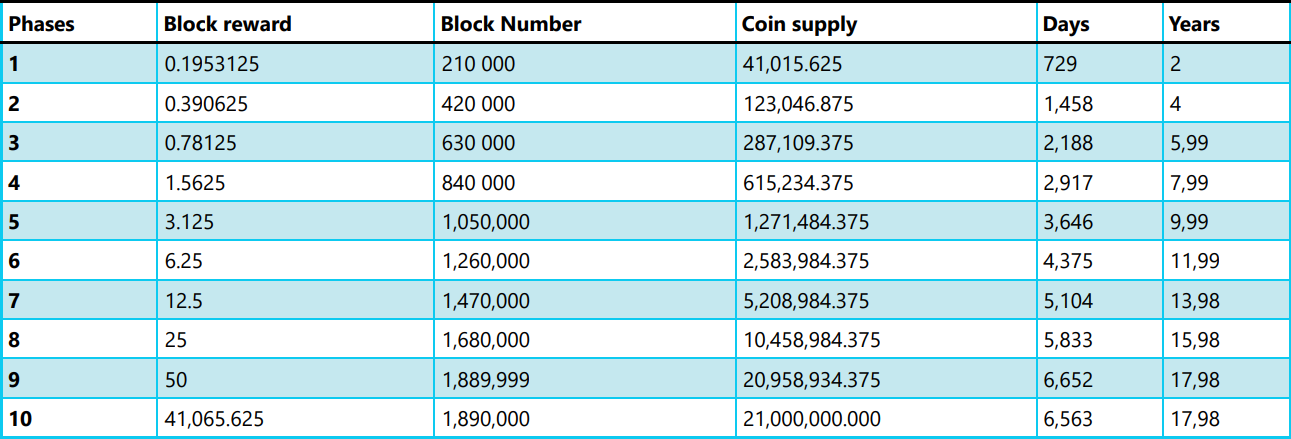Reversed Bitcoin
Reverse Your Bitcoin Future
Unlock Limitless Possibilities
RVB
Technology: Reversed Bitcoin will be built on a blockchain platform that utilizes the SHA-256 PoW algorithm for mining and transaction verification. It will have a fast block time and low transaction fees to ensure efficient and cost-effective transactions. The blockchain will be designed to scale effectively to accommodate a growing user base and increasing demand and transaction volume.
Use Cases: Reversed Bitcoin can be used for various purposes, including:
Peer-to-Peer Transactions: Reversed Bitcoin can be used for fast and secure transactions between users, allowing for peer-to-peer transfers of value without the need for intermediaries.
Store of Value: Reversed Bitcoin can be used as a digital store of value, similar to gold or other precious metals, with the potential for long-term investment and value appreciation.
Cross-Border Payments: Reversed Bitcoin can be used for international transactions, enabling fast and low-cost cross-border payments without the need for traditional banking intermediaries.
Micropayments: Reversed Bitcoin can be used for microtransactions, such as in-app purchases or content monetization, due to its low transaction fees and fast transaction times.
Community and Governance: Reversed Bitcoin will have a community-driven governance model, allowing coin holders to participate in decision-making processes related to the development and improvement of the coin. This can include voting on proposals for software upgrades, or other important decisions.
Features
100% community driven project
300 seconds block time
21 000 000 Total supply
Store of value
No Premine
Rewards

Wallets
Exchanges
USDT BEP20 ADDRESS:
0x277a4fE0CA5384Db7773957d8D8fDcBAAA65EF02
RVB ADDRESS:
RgzdzupngsQFhjQVaBfGzUvThDCorZkpdi
BTC ADDRESS:
bc1q0ze8z0a0xatupxnmse6n7mrv3gzwhhr9gzppr9
Whitepaper
Whitepaper
Reversed Bitcoin Whitepaper